
TARGET 090624
Japanese Mud Festival Brings Good Luck
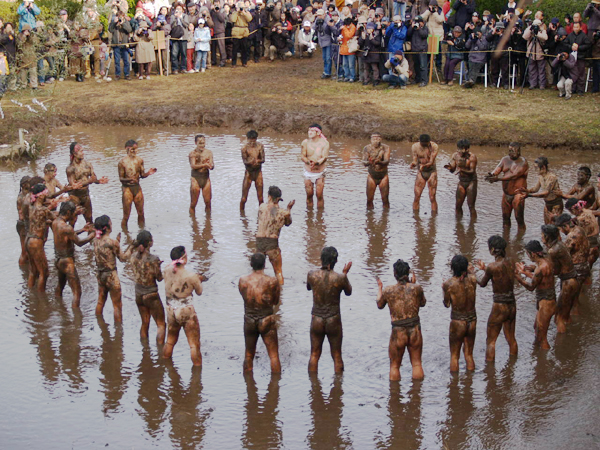
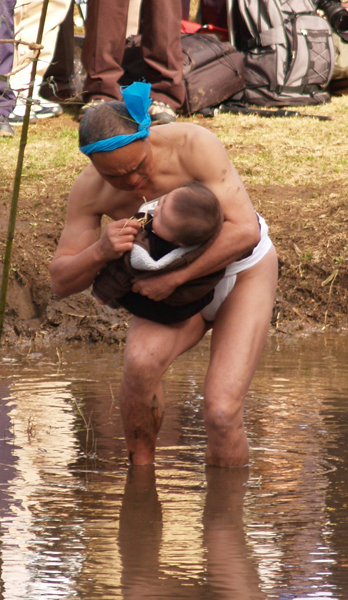
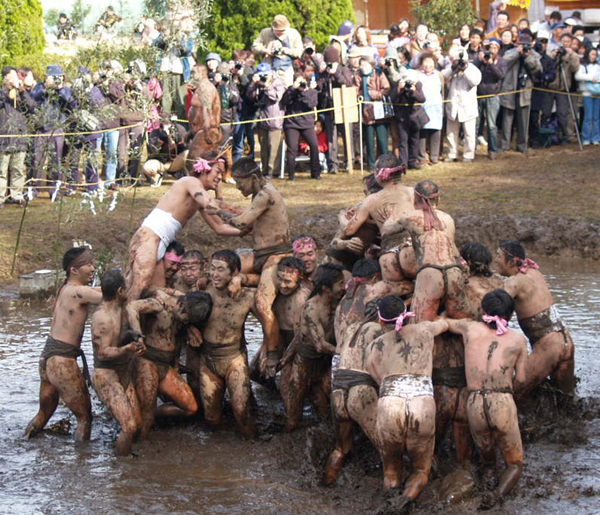
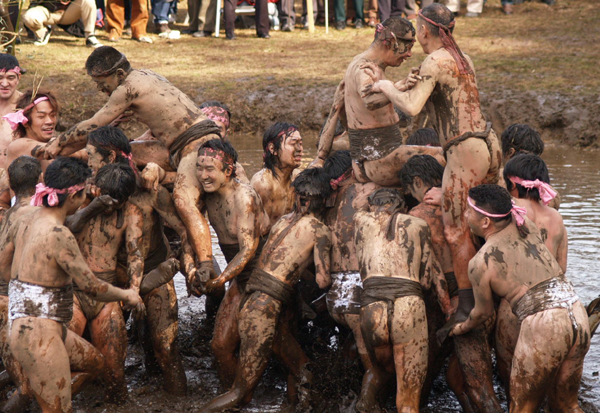
"It feels great, I can now live another year in good health," one participant said.
The event attracts nearly 3000 visitors annually from across Japan and overseas.
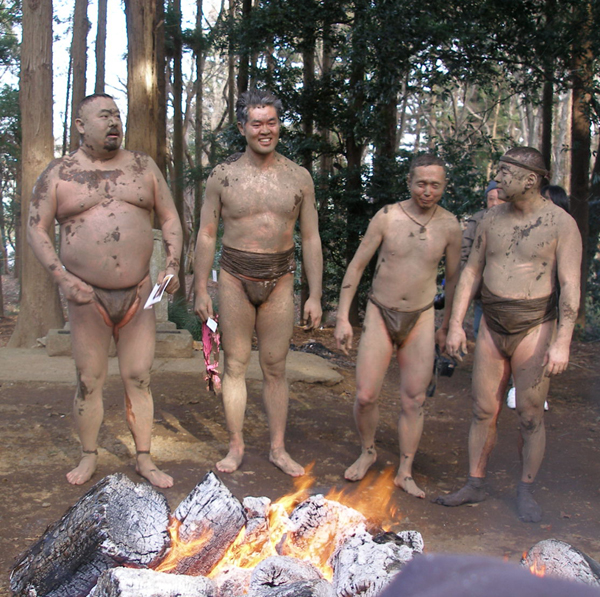
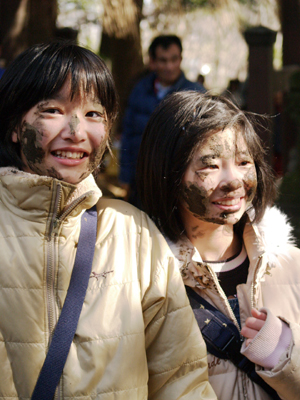
Lucky Muddy Faces
Naoi-shinji, also known as "Hadaka Matsuri (naked festival)", started in the year 767 AD, the Nara Period. This rite was founded on the fact that the governor of Owari Province (presently Aichi Pref.) visited the Owari Shosha Shrine ( Konomiya shrine ) to drive away evil spirits and calamities, because Emperor Shotoku ordered all the kokubun-ji* to offer invocations to dispel plagues.
Shinto tradition believes that the Naked Man absorbs all bad luck and evil deeds from the men who touch him - no-one is sure, but the ritual may commemorate the end of a plague, as the Naked Man takes on the ills of the community and is then expelled from it.
It is a great honour to be chosen as the Shin-otokoa. It needs to be - first he must undergo elaborate purification rites by shaving off all the hair on his body. He then sets off through the streets, besieged by over 9000 men, all desperate to touch him. He is pummelled, chased, pulled over; he faints, is bruised and must spend an entire day in the thick of a heaving mass of loinclothed bodies while completely naked. When he finally arrives at his destination, the crowd jostle to grab any available part of his body for an hour or more before he can pay his respects to the Shinto deity of the shrine. Once he is dressed he is then shooed out of town to rid the town of all evil.
Only the men dressed in loincloths (fundoshi) and sandals (tabi) are allowed to touch the Naked Man and special bodyguards line the route to splash freezing water over them as the Naked Man draws near. This has the dual purpose of restraining the wild impulses of the loinclothed ones while creating an aura of mystery around the steaming man.
Feedback Map
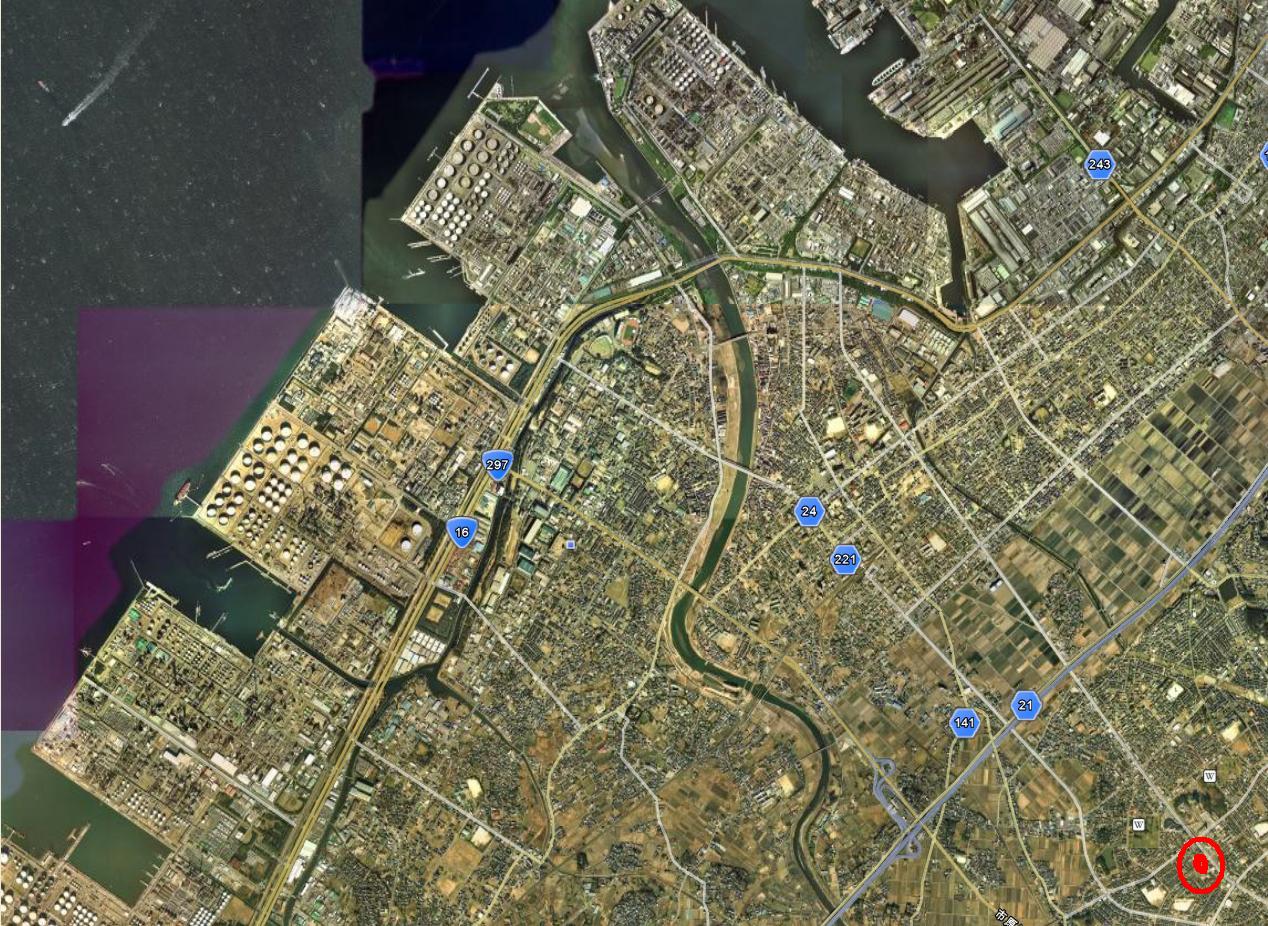
If you gained information in your session which was not covered in the feedback, please take a look at these sites:
YouTube
and
YouTube
Many thanks to Ray McClure for suggesting this target and for programming it.